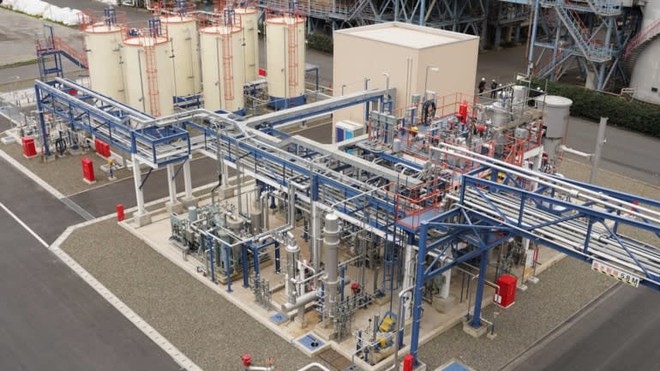The new approach provides significant cost savings by helping to promote alternative fuels.
Japanese engineering company Chiyoda says it has developed technology to transport hydrogen at room temperature and pressure, a breakthrough that could accelerate the pace of development of an alternative to carbon-based fuels.
Chiyoda, along with Mitsubishi, Mitsui and Nippon Yusen, will soon launch a feasibility study aimed at bringing this technology to market in the mid-2020s, that is, during this decade. They plan to mainly harness the use in hydrogen powered power plants and produce chemicals through their alliance, titled “Advanced Hydrogen Energy Chain Association to Develop Technology”.
Chiyoda and Mitsubishi have also signed a memorandum of understanding with five Singaporean companies to bring the technology to market by 2030. A company plans to pump hydrogen through gas pipelines, while a port operator seeks to supply it. hydrogen to land vehicles.
The drive to reduce carbon emissions is encouraged around the world. Last year, Japanese Prime Minister Yoshihide Suga pledged to achieve zero net greenhouse gas emissions by 2050, and the government encouraged much research and investment in hydrogen.
But hydrogen is difficult to transport as a gas. Although its liquefaction requires minus 250 degrees Celsius, special equipment is required for storage and transportation.

Chiyoda overcame these hurdles by finding a way to efficiently extract hydrogen from methylcyclohexane, or MCH, a compound formed when the gas is combined with toluene. MCH can be transported in standard tank trucks as a liquid and stored for at least two years.
Four companies spent 10 months testing the concept on large cross-border shipments. They produced MCH from hydrogen produced at a natural gas plant in Brunei. The chemical is then transferred to the Japanese city of Kawasaki to be further divided into hydrogen and toluene. The hydrogen is used in power generation, while the toluene is returned to Brunei for future shipments.


